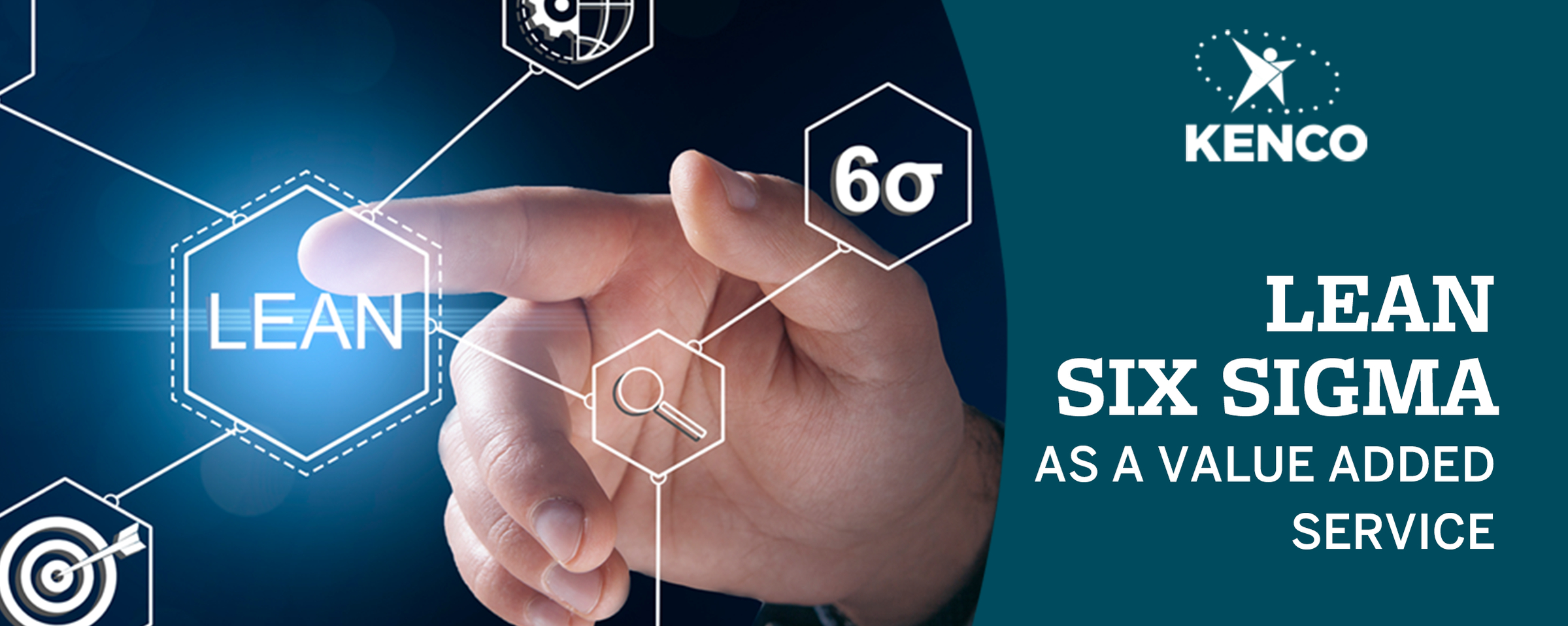In today’s supply chain, businesses are looking for ways to improve profitability while maintaining fruitful partnerships with clients. As it now stands, the cost of labor and capacity have risen dramatically due to short supply, pulling the cost of doing business right along with them. With no tipping point on the horizon, there ARE still ways to cut costs while increasing customer satisfaction. One such way is through the Lean Six Sigma methodology.
What is Lean Six Sigma?
Lean Six Sigma was created as a means to identify and eliminate waste and variation. Put simply, it is a way to increase productivity by weeding out inefficiency. Increased productivity leads to increased profitability.
Looking at business issues through a scientific lens, this methodology seeks to identify problematic issues, study them while collecting and analyzing impartial data, determine and validate root causes, develop data-informed solutions, and then enter into a phase of testing, measuring, and adjusting until the issues are surmounted.
One sigma is the equivalent of one standard deviation. American physicist, engineer and statistician Walter Shewhart first determined that anything that deviates three sigma from the mean needs improvement. 1
To bring operations to a Six Sigma level, would equate to just 3.4 defects for every one million opportunities.
“It boils down to a value-added service to the customer because the training for the Green and Black Belt certification requires participants in the class complete a Lean Six Sigma project,” said Rebecca Wilson VP People Operations and Total Rewards. “For the Green Belt you have to have a minimum of $25K in savings and for the Black Belt, there’s a minimum of $500K savings.”
In addition to this being great for the employee as a certification they can take with them, it produces significant savings for customers through long-term innovative solutions.
“A lot of our contracts have improvement requirements where we are expected to reduce our labor spend by a predesignated percent, so it’s a great way to help the site meet those contractual obligations as well as a way to continue adding value to that customer by constantly looking for ways to improve,” said Wilson.
Where do the savings come from?
Most of the $25-500K savings come from projects that Kenco actually initiates at the sites on behalf of the customer. And these projects don’t necessarily hit Kenco’s bottom line. It usually results in Kenco reducing its invoice to the customer (especially in cost-plus operations) so the customer is the one enjoying the savings.
Projects get reported to the customer during QBRs so partners are aware that Kenco is pursuing continuous cost-savings improvements.
“We not only want to maintain their business, we want to improve it as well,” said Wilson. “We’ve had the program since 2009 and have certified 15 Black Belts ($28.5M in savings) and 67 Green Belts ($14.8M in savings).”
 Though Six Sigma has roots in manufacturing, it can really be applied to any industry using the DMAIC method: Define, Measure, Analyze, Improve, Control, as a way to pinpoint problems and test solutions. Any improvement is constantly analyzed to ensure it performs at the height of efficiency.
Though Six Sigma has roots in manufacturing, it can really be applied to any industry using the DMAIC method: Define, Measure, Analyze, Improve, Control, as a way to pinpoint problems and test solutions. Any improvement is constantly analyzed to ensure it performs at the height of efficiency.
One such customer project Kenco completed involved implementing standard trainings for order fulfillment, reduced shipping errors and location product discrepancies, eventually cutting inventory investigation time by 48% and the average weekly adjustments by 76%. This resulted in a weekly reduction to gross inventory adjustments of over $36K, an annualized savings of $1.9M in adjustments.
For another client, a Lean Six Sigma study centralized the product returns process resulting in a 57% increase in units processed per minute and a 65% increase in units processed per week, providing an annual savings of $668K.
Bottom line:
To help our partners stay ahead of the competition in such a volatile market, Kenco is obligated to help every operation run lean and efficiently. The Lean Six Sigma methodology leads to continual improvements and elimination of waste to keep our partners as profitable as possible. Should you wish to learn more, visit our Supply Chain Engineering page.
1 https://www.sixsigmadaily.com/why-was-six-sigma-created/

